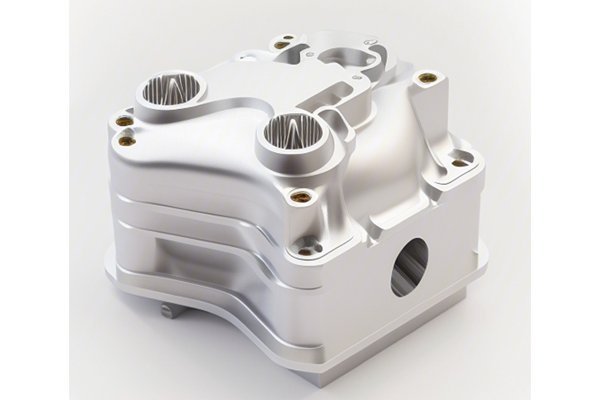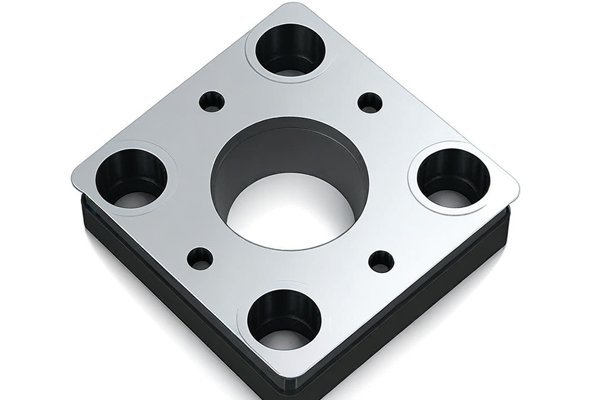Did you know that brass has been used for thousands of years, dating back to ancient civilizations? Today, it remains a crucial material in various industries, including automotive, plumbing, and electronics. One fascinating aspect that significantly influences its application in CNC (Computer Numerical Control) machining is its melting point. Understanding the melting point of brass and its implications for CNC operability can save manufacturers time, resources, and produce high-quality outcomes.
In this comprehensive guide, we will delve into the melting point of brass, its impact on CNC machining processes, and best practices for maximizing efficiency and quality. This blog will not only provide insights but also practical solutions to the challenges posed by the melting point of brass.
Understanding Brass and Its Melting Point
What is Brass?
Brass is an alloy made primarily of copper and zinc, and sometimes other elements, which enhance its mechanical properties and corrosion resistance. The composition of brass can vary widely, resulting in different grades, each optimized for specific applications. The most common types of brass include:
Melting Point of Brass
The melting point of brass typically ranges from 900°C to 940°C (1,652°F to 1,724°F), depending on its composition. This relatively low melting point compared to other metals allows for easier machining but can also lead to challenges when processing under high temperatures.
Factors influencing the melting point include:
Understanding these factors enables machinists to select the right brass type for their projects, optimizing machining efficiency and output.
Why Melting Point Matters in CNC Machining
Influence on Machining Parameters
Impact on Surface Finish
The melting point also directly influences the surface finish of CNC machined brass parts. Machining at temperatures too close to the melting point can result in poor surface finishes due to excessive tool wear and material deformation. Thus, understanding and controlling the operating temperature is crucial.
Risk of Thermal Distortion
Operating near the melting point increases the risk of thermal distortion. As brass begins to soften, it may lose its precision dimensions, leading to costly rework or scrap. Avoiding this crisis requires a comprehensive understanding of thermal properties throughout the machining process.
Tips for Effective CNC Machining of Brass
To harness the advantages and mitigate risks posed by the melting point of brass, follow these best practices:

Selecting the appropriate brass grade is paramount. For example, if free-machining properties are a priority, C36000 may be the preferred choice. Understanding project requirements, environmental factors, and mechanical properties will guide you in choosing the right brass alloy.
Finding the best cutting conditions involves:
Utilizing adequate coolant and lubrication is essential to regulate temperature. Options include:
Choosing a suitable cooling fluid compatible with brass will optimize machining without negatively affecting surface finish.
Select high-speed steel (HSS) or carbide tools that provide thermal stability and cutting efficiency. Tool geometry plays a vital role; consider:
Regularly inspect tools for wear, replacing them promptly to avoid degrading part quality.
Implementing real-time monitoring solutions can help track temperatures, pressures, and vibrations. Establish acceptable ranges for each parameter, and utilize alarm systems to alert operators of potential issues. In essence, monitoring prevents problems before they escalate into costly repairs or scrapping of parts.
Case Studies: Successful Brass CNC Machining Operations
To better illustrate these tips, we will look at real-world examples of businesses successfully overcoming challenges related to the melting point of brass in CNC machining.
Case Study 1: Automotive Component Manufacturer
A prominent automotive parts producer faced consistent tool failures and surface finish problems while working with C36000 brass. By adjusting cutting speeds and implementing flood cooling, they not only extended the tool life by 40% but also enhanced the surface finish.
Case Study 2: Electronics Industry Supplier
An electronics component manufacturer specializing in brass connectors experienced thermal distortion leading to excessive costs and delays. They made use of high-performance tools with a superior coating and consistently monitored temperatures, resulting in a 30% reduction in rejects and a significant increase in production efficiency.
In conclusion, the melting point of brass plays a critical role in its operability during CNC machining. Understanding its implications allows machinists to optimize their processes, select appropriate tools and techniques, and ensure high-quality outputs while avoiding excessive costs and downtime.
By implementing the tips and best practices outlined in this blog, manufacturers can navigate the challenges posed by brass temperature properties more effectively. The importance of this knowledge cannot be overstated in today’s competitive landscape, where efficiency and precision are more crucial than ever.
Consider this blog a valuable resource in your arsenal, as mastering the melting point of brass can lead to improved production quality and an edge in the manufacturing world. Embrace these techniques to foster innovation and advancement in your CNC machining operations!






